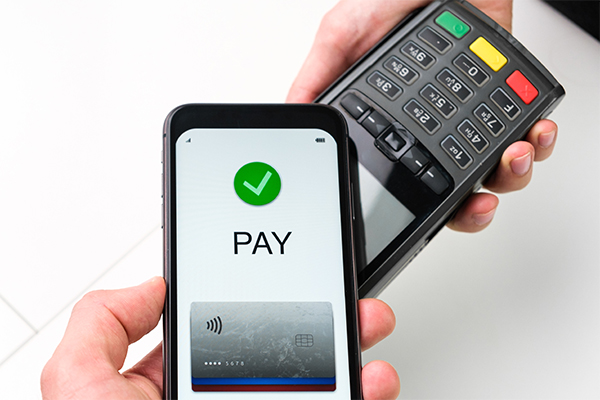The Covid-19 pandemic has made it absolutely clear that in order to thrive in the New Normal, banks and financial institutions need to fully embrace digital change. Digitalisation – once seen by some banks as an optional choice – has today become a necessity. A necessity not just driven by competition, but by a growing customer demand.
DIGITAL TRANSFORMATION IS LEADING BANKS TO REDISCOVER THEIR ORIGINS

“One of the unexpected effects of digitalization is that banks will become much more customer-centric rather than product-centric as they are today. In many ways digital technology is driving them back to their roots, enabling them to offer customers products that are perfectly customized to their needs and circumstances – as the first bankers did in Medieval Italy“, explains Alessandro Hatami, chairman of the first edition of Milan Fintech Summit, the live streaming event scheduled on December, 10th and 11th 2020 and organized by Business International (Fiera Milano Media – Fiera Milano Group) and Fintech District, with the support of Milano & Partners. “When we think of the first real banks in the fourteenth century Genoa, we see that they created bespoke products that perfectly matched their client’s requirements. They were able to do this, because the banker and the client were part of the same community, the banker had a complete understanding of their client’s needs and circumstances. The bankers were also aware that, if they did not serve their client well, their reputation in the market would be damaged – affecting their future livelihood”. “As demand for banking services changed, the banks had to adapt. They evolved with the times, transformational events like the industrial revolution and international trade brought an ever-growing demand for financial services. These became increasingly standardized with a decreasing ability to deliver customized solutions. Eventually, in the last century banks began to consider themselves retailers that sold financial products rather than providers of financial solutions to their clients’ needs”. “Today, modern technology provides the banks with the right data and capabilities to enable them to offer clients the right product at the right time, personalizing the offering to match their customers’ needs and circumstances. Digital technology can enable banks to deliver financial services in ways that are in many ways similar to what the first bankers did in the middle ages. The big difference today is that this service in not only offered to a few wealthy individuals, but to millions of online and mobile customers”.
COLLABORATION FIRST
But digitalisation is not easy. As the banks digitise more and more, they realised that in order to deliver real transformation, they needed capabilities and skills that they often lack in house. At the same time, the FinTechs, while being increasingly successful at challenging the banks with their digital offerings, realise that scaling and profitability are not easy to achieve. It has become clear to both, that collaborating could be the smartest way forward. According to Hatami, Bank-FinTech collaborations can take many forms, but we can group them into four main categories: the Channel, the Supplier, the Satellite and the Merger.
“In the first category (The Channel)” – the chairman of the Milan FinTech Summit explains – “the bank enables a FinTech to sell their products directly to the bank’s customers. In this way, the bank is able to provide a new product or service to their customers with a relatively small investment in terms of time, effort and capital. The downside is that these relationships are often not exclusive and they can confuse the customer on who is actually providing them with the financial product – the bank or the FinTech”. An example of this is the relationship between Market Finance and Barclays in the UK.
“In the second model (The Supplier)” – Hatami continues – “banks engage the FinTech as a supplier. A new proposition is created by integrating the capabilities of the FinTechs with the bank’s offering and branding. In this way, customers perceive the new proposition as coming directly from the bank. This is an effective way for as bank to experiment with new propositions at a usually much lower costs than if they developed them in-house. However, this model can lack exclusivity, given that the FinTech company could also collaborate with other banks”. Examples of this collaboration are the partnership between Bud and HSBC and the one that the Swedish company, Tink, created with SEB, ABN Amro and Paribas Fortis.
“In the third model (The Satellite)” – the chairman of the Milan Fintech Summit highlights – “The bank generates the skills it needs by acquiring a FinTech while leaving it relatively independent”. The FinTech receives an injection in capital, a share in the bank’s trustworthiness and access to the bank’s customers. This model enables the bank experiment in a specific business area without impacting their existing operations. Importantly, by leaving the FinTech separate the bank can shield it from the any detrimental impact from the mismatch between demands of a bank and the needs of FinTech. It will also be easier to retain the talent in the acquired entity. A good example of this is the acquisition of Simple Bank by BBVA and the acquisition of Nickel by BNP Paribas.
Hatami continues: “The Merger is the final collaboration model. This is simply the coming together of a company with distinctive capability with one in need of those capabilities”. In this model, we see a Fintech becoming fully integrated with a bank. This enables the banking institution and the FinTech to gain the same benefits as with the Satellite model – only in this case there is no confusion on who is providing the service as the FinTech will be branded the same as the bank. But, in this model, both parties face the risks associated with the integration of two businesses with very different cultures and operating models. Mergers need to be managed very carefully by both. An example of this is acquisition of Final by Marcus, the Goldman Sachs consumer bank.
“It is becoming clear that in the coming months and years we will see an increasing number of banks collaborating with FinTechs”, says Hatami. “Choosing the best way forward is going to be a determining factor in ensuring the success or even the survival of both the incumbents and the challengers. Especially as a new dangerous contender is about to enter the fray: Big Tech”.
















